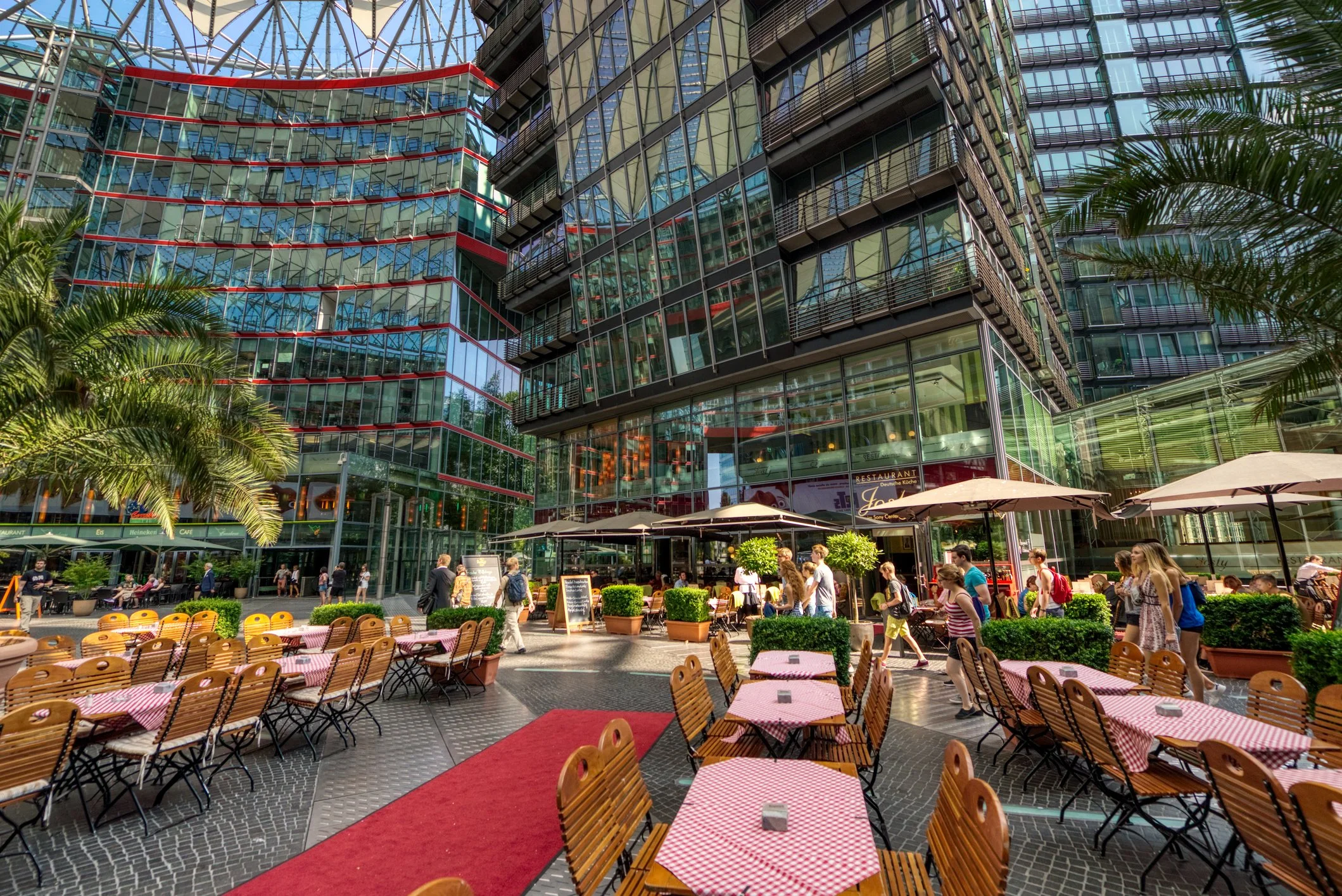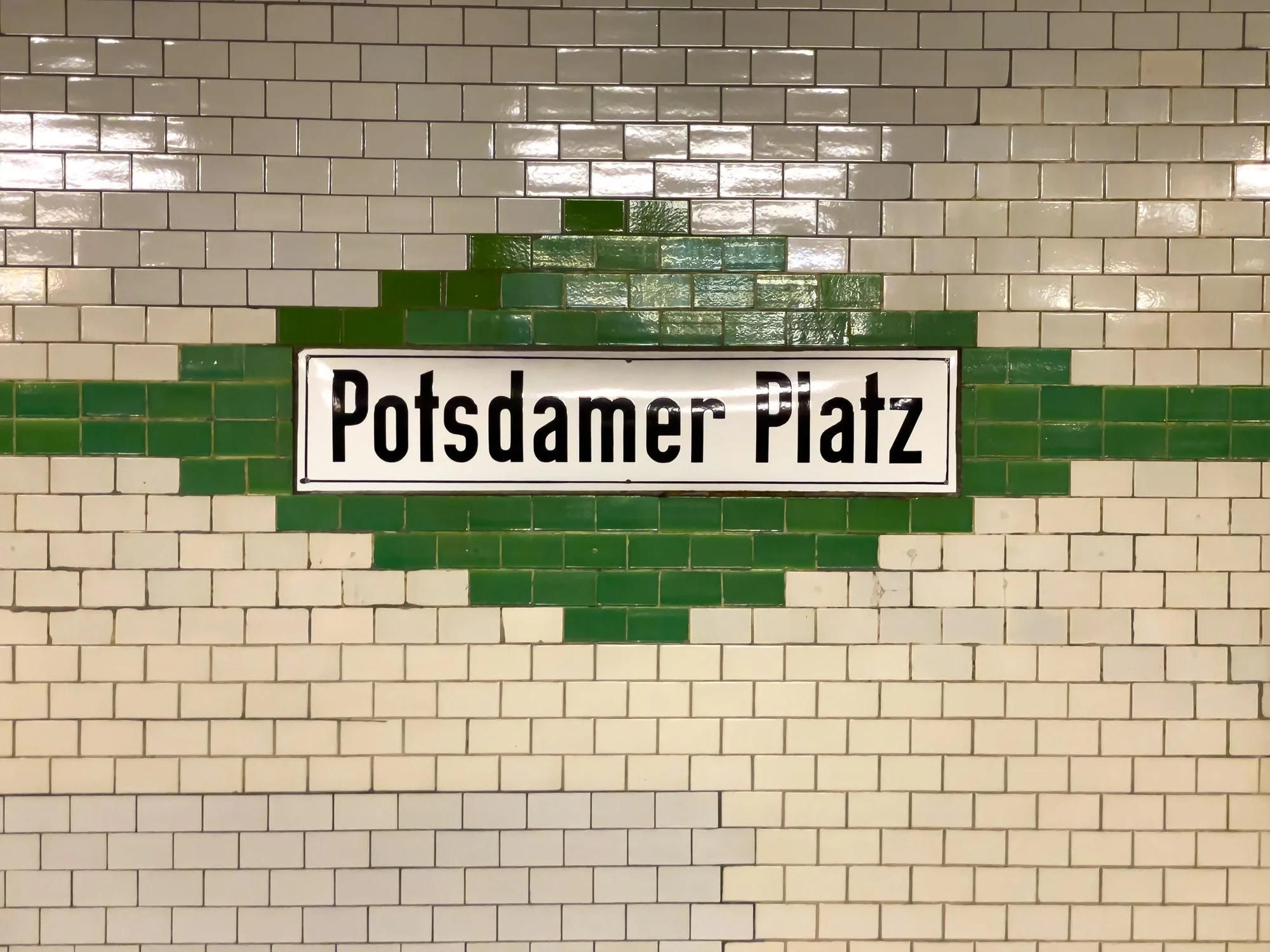
Berliners first
Oxford Properties
The client:
Oxford Properties is a real estate investor, developer and manager that manages $83.6 billion of assets across four continents.
The task:
Whether it’s Kreuzberg, Neukölln or Prenzlauer Berg, Berlin’s most vibrant places tend to have one thing in common: they evolved naturally. Residents shaped local character, then shops and offices followed.
Potsdamer Platz is different. Rebuilt under a sweeping masterplan in the 1990s, it became a destination with few reasons to linger, and had little relevance to the everyday lives of Berliners.
When Oxford Properties purchased the site in 2017, the challenge was clear: how do you reinvent a place built from the top down and turn it into something that Berliners might choose for themselves?
The role:
Content strategy, writing
Read the full publication on the Oxford Properties website, or check out a snippet below:
Rebuilding Potsdamer Platz with Berliners in mind
Whether it’s Kreuzberg, Neukölln or Prenzlauer Berg, Berlin’s most vibrant places tend to have one thing in common: they evolved naturally. Residents shaped local character, then shops and offices followed.
Potsdamer Platz is different. Rebuilt under a sweeping masterplan in the 1990s, its design set out to impress from day one. And for a time, it worked - particularly thanks to the English-language cinema, which gave Berliners a reason to come. But over the years, the pull faded. As the city evolved, Potsdamer Platz began to feel dated; a destination with few reasons to linger, and little relevance to the everyday lives of Berliners.
“We’re living with the asset. My parents have toured it. My children, too.”
- Guillaume Van Appelghem, Director, Asset Management at Oxford.
When Oxford Properties purchased the site in 2017, the challenge was clear: how do you reinvent a place built from the top down and turn it into something that Berliners might choose for themselves?
"A lot of the places that Berliners enjoy going to grew organically out of the post war no-man’s land around the time of the country’s re-unification - the people came first and everything else followed," says Anneke Hasenritter, part of Oxford’s asset management team in Berlin. "In this case it's the other way around, so the question has always been: how do we engage the community to create a space that they want and need at the heart of their city?"
The answer was simple, at least at first: start asking Berliners.
In 2018, a year after purchasing the property, Oxford began assembling a team able to tackle the project. That included the Australian architecture firm Woods Bagot, known for its expertise in large-scale mixed-use developments such as Collins Arch in Melbourne and Commercial Bay in Auckland, alongside real estate brokers and marketing agencies who brought both global perspectives and local market experience.
The team began conducting focus groups with local residents, plus surveys and informal interviews. Regular site walks began to reveal how the space was used and, at times, avoided.
“We spent time in the neighbourhood, speaking with people where they actually live and work," says Jay Drexler, Oxford's Head of Asset Management. "It was about listening to what they value, what’s missing, and what might bring them back.”
It became clear that most Berliners weren't visiting the site other than to catch the odd Hollywood film. Even then, it was typically a quick visit: the food and beverage options were geared towards tourists, so locals would move on once the credits rolled.
The consultation reframed the project. Berliners weren’t rejecting the space - they’d simply never been invited to help shape it. The team rethought their target audiences, shifting from a tourist-first mindset to one that prioritized office workers and Berliners, with tourists following.
Planning decisions began to reflect local priorities: everyday amenities, welcoming spaces, and uses that brought people in at different times of day -not just during office hours or peak holiday periods.
New ideas emerged as the years ticked by: team members lived close by, and the site naturally became part of their daily routines. That proximity helped the team move beyond abstract planning and tune in to the rhythms of local life -what felt welcoming, what fell flat, and what was missing.
"We’re living with the asset" says Guillaume Van Appelghem, Director, Asset Management at Oxford. "My parents have toured it, my children too."

